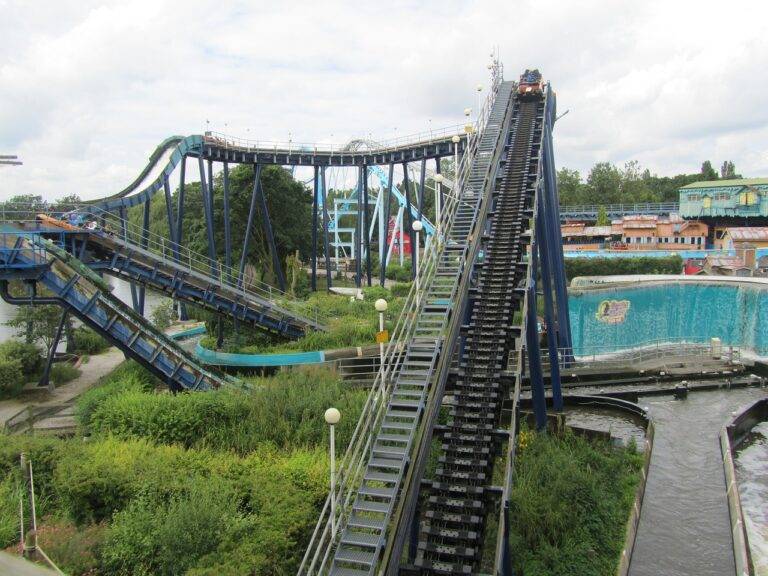The Future of Movie Theaters: Adapting to Changing Consumer Preferences
The evolution of the movie theater experience has been fueled by a variety of factors over the years. From the early days of single-screen theaters to the rise of multiplexes, the landscape of movie-watching has transformed significantly. The advancements in technology, the changing preferences of moviegoers, and the innovative strategies adopted by theater owners have all played a role in shaping the way we consume films on the big screen today.
With the introduction of amenities like reclining seats, IMAX screens, and advanced sound systems, movie theaters have aimed to provide audiences with a more immersive and comfortable viewing experience. The incorporation of high-tech features such as 3D and 4D technology has elevated the level of engagement for viewers, making trips to the cinema more appealing than ever before. As the entertainment industry continues to evolve, the movie theater experience is sure to keep adapting to meet the demands and expectations of modern audiences.
Impact of Technology on Moviegoing
The advent of streaming services and online platforms has revolutionized the moviegoing experience. With the convenience of watching movies from the comfort of one’s home, traditional movie theaters have had to adjust their offerings to entice audiences. Many theaters have embraced advanced technologies to enhance the viewing experience, such as upgraded sound systems, larger screens, and 3D projection capabilities. This tech-savvy approach aims to provide a more immersive and captivating experience that rivals the appeal of watching movies at home.
Moreover, the integration of mobile apps and online ticketing systems has streamlined the process of purchasing tickets and selecting seats. This shift towards a more digitized approach has made it easier for moviegoers to plan their outings and avoid waiting in long queues. Additionally, advancements in digital projection have improved the picture quality, ensuring that movie enthusiasts enjoy sharper images and vibrant colors on the big screen.These technological advancements in the movie theater industry have undoubtedly reshaped the way audiences engage with films, creating a more dynamic and accessible cinema experience for movie lovers.
How has technology impacted the movie theater experience?
Technology has greatly enhanced the movie theater experience through advancements in sound systems, visual effects, and comfortable seating options.
How have movie theaters evolved over time due to technological advancements?
Movie theaters have evolved to incorporate features like IMAX screens, 3D technology, and comfortable reclining seats to provide a more immersive viewing experience for audiences.
What role does technology play in the production and distribution of movies?
Technology plays a crucial role in the production and distribution of movies by enabling filmmakers to use CGI, special effects, and digital editing tools to enhance the visual quality of their films and reach a wider audience through online streaming platforms.
How has the rise of streaming services impacted traditional movie theaters?
The rise of streaming services has led to a decline in traditional movie theater attendance, as more people opt to watch movies from the comfort of their homes. However, theaters are adapting by offering unique experiences and special screenings to attract audiences.
Are there any drawbacks to the impact of technology on moviegoing?
Some moviegoers may find the abundance of technological features in theaters overwhelming or distracting, while others may miss the communal experience of watching a movie in a traditional theater setting.





